|
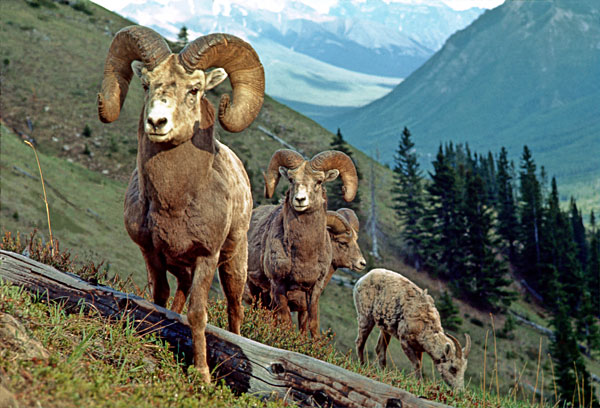
Bighorn sheep rams in the Cascade Valley, Banff National Park, Canada.
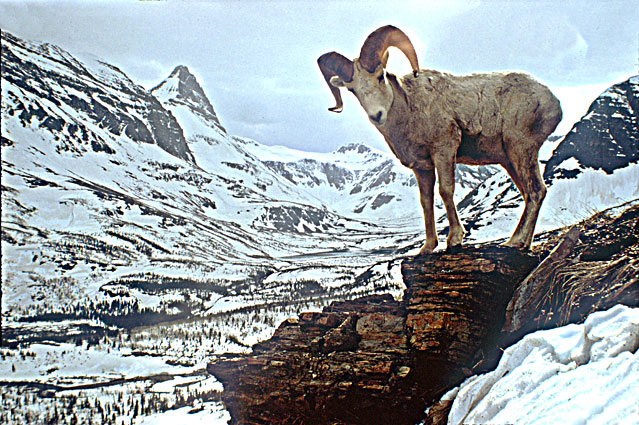
A bighorn sheep ram on a rock outcrop in Glacier Park.
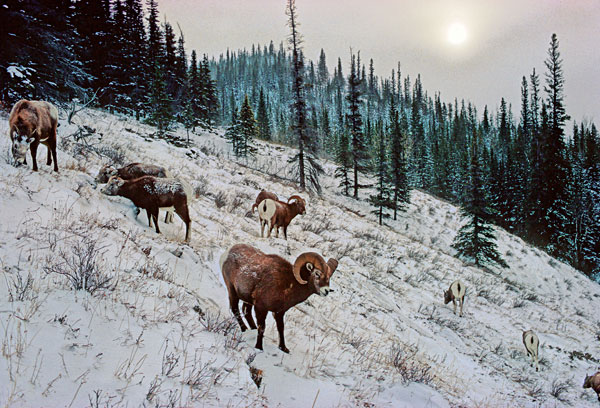
A herd of bighorn sheep demonstrate sheep survival techniques a they dig dry grasses out of the snow on a sub zero cold day
in Jasper National Park, Canada.
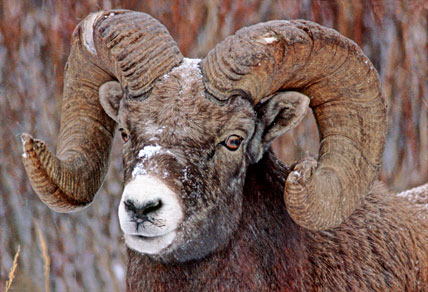
This large bighorn sheep ram, affectionately called 'blunt tips' was a common visitor to the riverbottoms in Jasper National
Park where he joined other sheep digging dry grasses out of the snow.
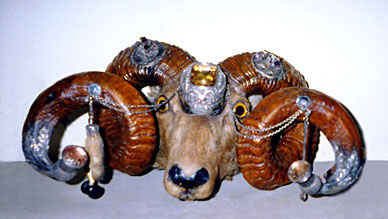
The mounted head in the picture above is, of course, a domestic sheep. The horns of the bighorn sheep are heavier at
the base and rarely get beyond one full curl. The picture is an illustration of the value people place on horns. Hunters pay
thousands of dollars to hunt a bighorn ram and sometimes even to hunt a domestic ram on a ranch. The horns themselves are
much prized and sell for outlandish prices. It can be speculated that the attraction of large horns has something to do with
masculinity and virility, but it is difficult to really understand the fascination people (mostly men) have with horns. In
domestic sheep many breeds have been bred to eliminate the horns and if you have ever been butted by a ram you will understand
why.
|
 |
|
Bighorn sheep are capable of surviving extreme cold. The Dall sheep survive the brutal climates north of the arctic circle.
Studying and photographing bighorn sheep in the Rocky Mountain winters required a person to spend a lot of time in cold weather.
The sheepskin, or beaverskin, fur hat was standard equipment.
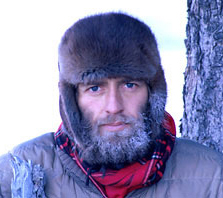
|
|